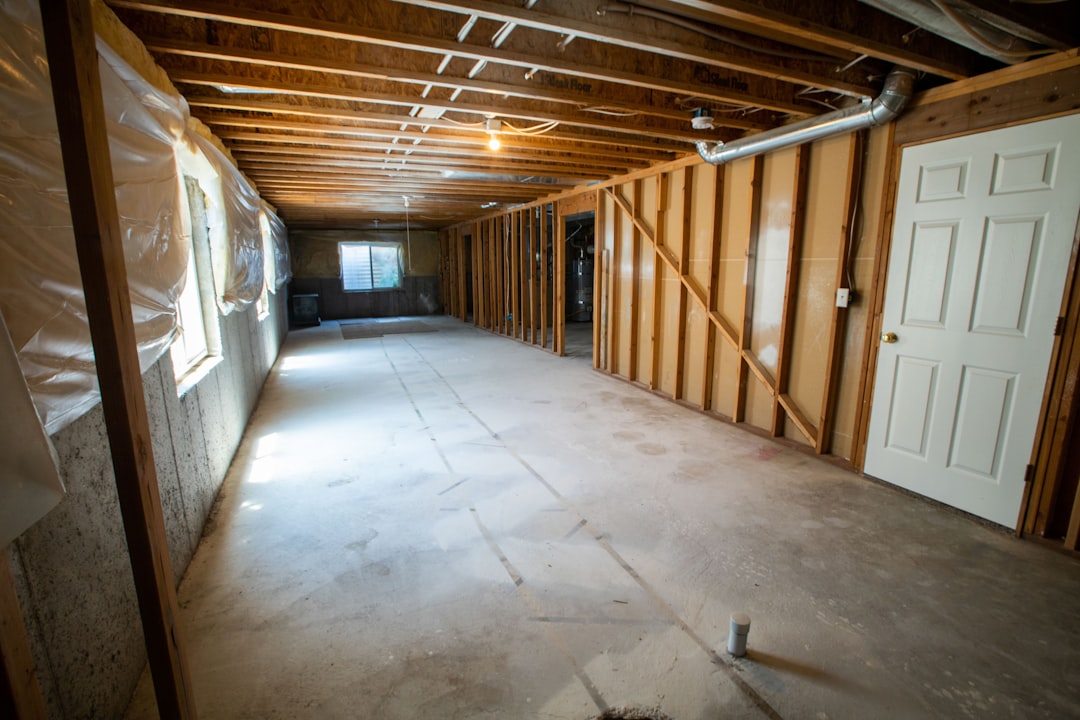
Understanding the cost of crawl space insulation is crucial for construction professionals aiming to deliver efficient and cost-effective solutions. In 2025, the average project cost ranges from $3,800 to $8,900, influenced by factors such as square footage, material choice, and local labor rates. This guide provides insights into budgeting accurately and avoiding unexpected expenses.
For construction professionals, the cost of crawl space insulation varies significantly. The typical range is $3,800 to $8,900, depending on project specifics like size and material type. Accurate estimates are essential for project planning and client satisfaction.
• Crawl space size and height—larger spaces require more materials and may need specialized equipment.
• Material selection—options like rigid foam board, closed-cell spray foam, and fiberglass batts have different price points.
• Vapor barrier requirements—encapsulation systems can increase costs but offer significant energy savings.
• Access and obstructions—tight spaces or existing infrastructure can extend installation time.
• Local code upgrades—new standards may require additional air sealing and ventilation.
1. Closed-cell spray foam: $5.50 – $7.50
2. Rigid foam board (R-10): $3.25 – $4.50
3. Fiberglass batts (R-19): $1.75 – $2.25
4. 20-mil reinforced vapor barrier: $0.75 – $1.30
Stay updated with real-time pricing from suppliers to ensure accurate budgeting.
Labor costs account for 45-60% of total expenses. Installation speeds vary:
• Two-person crew, fiberglass batts: 400–500 sq ft per day
• Two-person crew, rigid foam board: 300–350 sq ft per day
• Licensed spray foam team: 600–800 sq ft per day
Encapsulation can add $1,200–$2,500 to project costs but offers benefits like moisture elimination, mold prevention, and increased property value.
Projects with insulation and encapsulation save an average of 18% on energy costs, with a payback period of 3.7 years. Insulation alone offers 11% savings with a 5-year payback.
• Bundle projects to negotiate discounts.
• Schedule during off-peak seasons for better rates.
• Use a mix of materials to balance cost and performance.
• Leverage local rebates for additional savings.
• Ignoring water management can lead to costly repairs.
• Incorrect R-value selection can result in inefficiencies.
• DIY vapor barriers often fail without professional installation.
• Ensure proper ventilation to maintain humidity levels.

A recent project involved a 1,200 sq ft property with challenging access and active plumbing. The solution included 1,050 sq ft of spray foam and 60 linear feet of rigid foam, with encapsulation adding $2,100 to the cost. The project was completed in three days, resulting in a 22% reduction in heating expenses.
• How long does installation take? Typically two to four days.
• Is financing available? Yes, with 0% APR plans up to 18 months.
• Do residents need to vacate? No, work is done below the floor deck.
• Document existing conditions to streamline post-installation checks.
• Mark critical areas to prevent overspray.
• Replace vents with insulated covers to maintain R-value.
• Conduct blower-door tests to verify airtightness.
• Schedule regular maintenance for long-term performance.